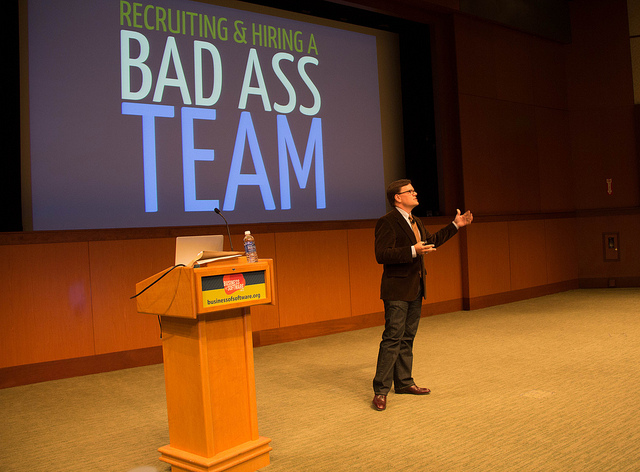Businesses have natural growth curves just like people or animals or plants: When they’re new, growth is exponential, but within a short time it slows.
Most small to medium-size companies start with very healthy growth. Systems and processes go on the back burner as the drive for new customers and new revenue streams heats up … but then revenue plateaus, seemingly for no reason.
There is usually an inflection point where the growth stops and complexity begins. It’s the nature of how companies start and grow, and it’s not a reflection on the founders or management. But it’s a major reason why there are so few U.S. companies that exceed $10 million in revenue.
The most common root cause for this plateau is that the company is trying to do to many things well, and operationally it’s spread so thin that mistakes happen, re-work is abundant and the once-common referrals stop coming in.
How To Break The Plateau
The answer to this problem is Market Focus. The management team must Crush the Fear of Focus with a Breakaway Move to return to Gazelle-like growth … 15% per year or more.
A Breakaway Move has 4 major components:
- Extreme Focus on the Core Customer’s persona.
- Extreme Focus on the market segment you want to own – a segment that you’ll be aggressive with a “play to win” (vs. a “plan not to lose”) mindset.
- Extreme Focus on solving your Core Customer’s NEEDS – not WANTS – within the market segment.
- Extreme Focus on operationally tuning the organization to deliver like crazy for this specific customer group.
Don’t stop doing all the work you are doing for existing clients and risk cash-flow problems. Instead, intentionally focus all of your sales and operational focus on a Breakaway Move that will result in more revenue, higher profit margins, more referrals and (best of all) happier employees.
Work with your team to discuss these 4 steps; you’ll begin to overcome the Fear of Focus once a real plan is in place. You’ll naturally start saying “no” to more things and “yes” to the opportunities that drive your economic engine.











 Rapid growth is exciting … and chaotic. When your growth strategies start paying off, the processes that worked well when you were smaller can break down as you add clients, revenue and employees to your business. As you get more decision makers, with differing opinions on how to do things, your processes can become so cumbersome that they threaten to slow your business and increase your risk.
Rapid growth is exciting … and chaotic. When your growth strategies start paying off, the processes that worked well when you were smaller can break down as you add clients, revenue and employees to your business. As you get more decision makers, with differing opinions on how to do things, your processes can become so cumbersome that they threaten to slow your business and increase your risk.





